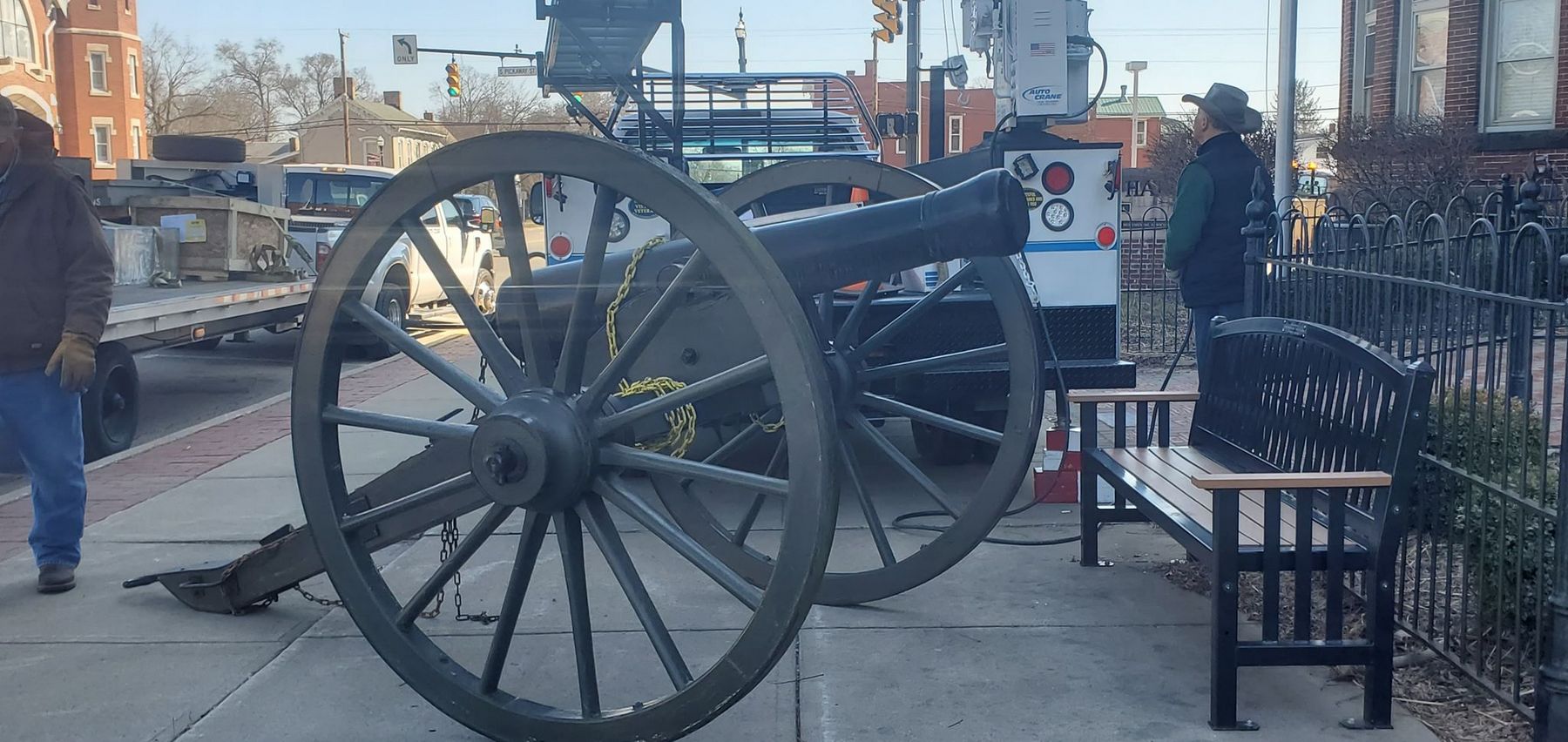

Any angle above the horizontal line was called random-shot. At 45 degrees the ball had the utmost range – about ten times the gun's level range. After ramming, the cannon would be aimed with the elevation set using a quadrant and a plummet. The powder was added, followed by a wad of paper or hay, and the ball was thrown in. Prior to loading, the cannon would be well cleaned with a sponge to remove all sparks, filth, and dirt. The second soldier on the left was charged with providing 50 rounds. Three soldiers stood on each side of the cannon, to ram and sponge the cannon, and hold the ladle. The right gunner was to prime the piece and load it with powder, while the left gunner would fetch the powder from the magazine and keep ready to fire the cannon at the officer's command. Each cannon would be manned by two gunners, six soldiers, and four officers of the artillery. Overview Firing of a field gun of the early 17th century with a linstockĬannon operation is described by the 1771 Encyclopædia Britannica. Cannon in a Civil War re-enactment: Large amounts of gunpowder often affected visibility, and gunners hoped for a strong wind. While the medieval Dardanelles Gun had required 200 men just to operate it, an 18th-century English cannon required only a dozen men, including two gunners, while during the Napoleonic Wars five gunners were used. English cannons of the late 14th century became mobile, while the largest cannon (such as the heavy siege cannon of the Ottoman Turks or the Jaivana cannon of India) required huge crews to transport and operate them.Īs the "giant gun" trend disappeared in Europe, in favour of lighter, more manoeuvrable pieces in larger numbers, cannon operating crews became smaller, heralding the early use of true field artillery. The nature of cannon operation often depended on the size of the cannon and whether they were breech-loading or muzzle-loading. Cannon operation required specialised crew and gunners, who were first enlisted by the Spanish in the 14th century.


 0 kommentar(er)
0 kommentar(er)
